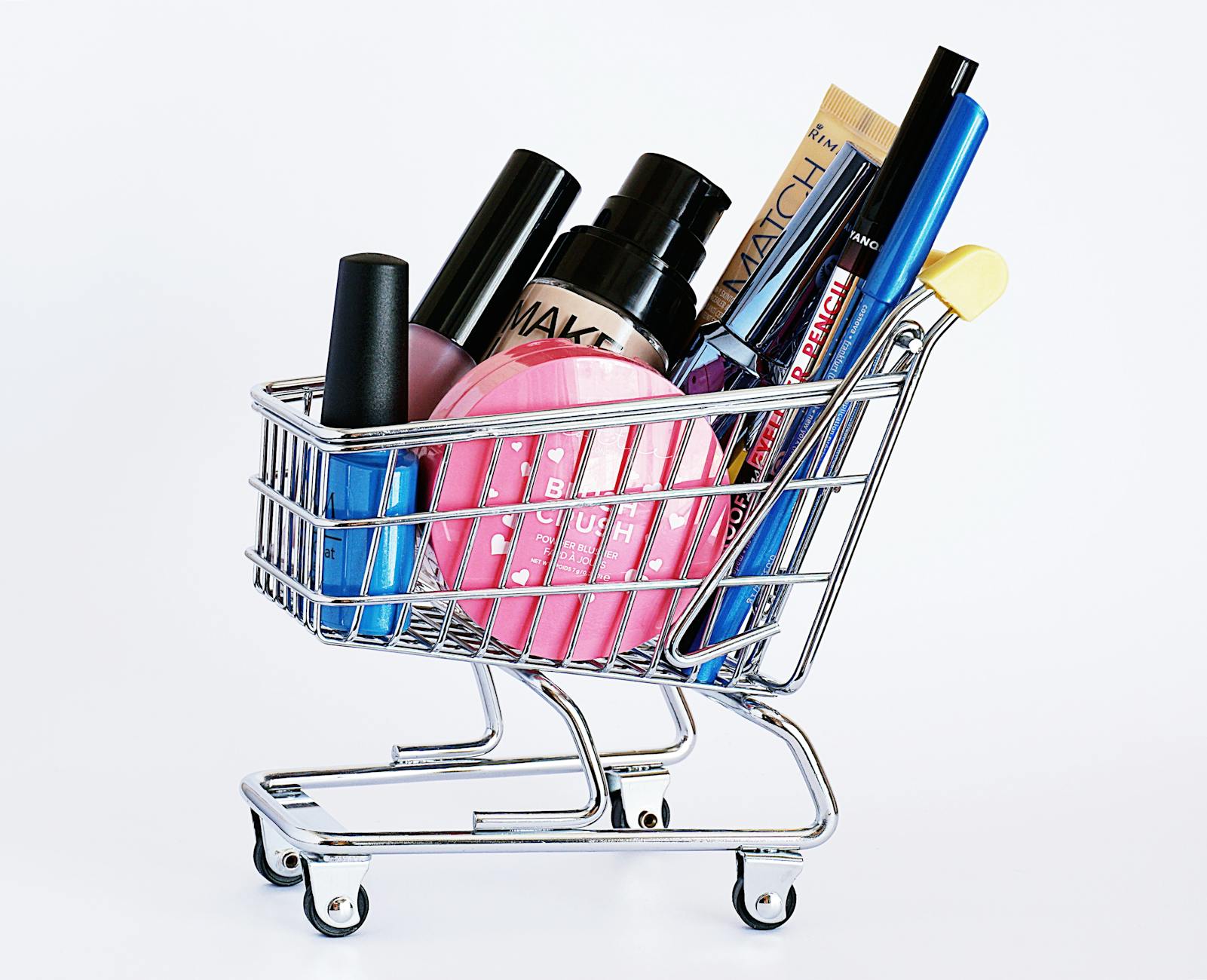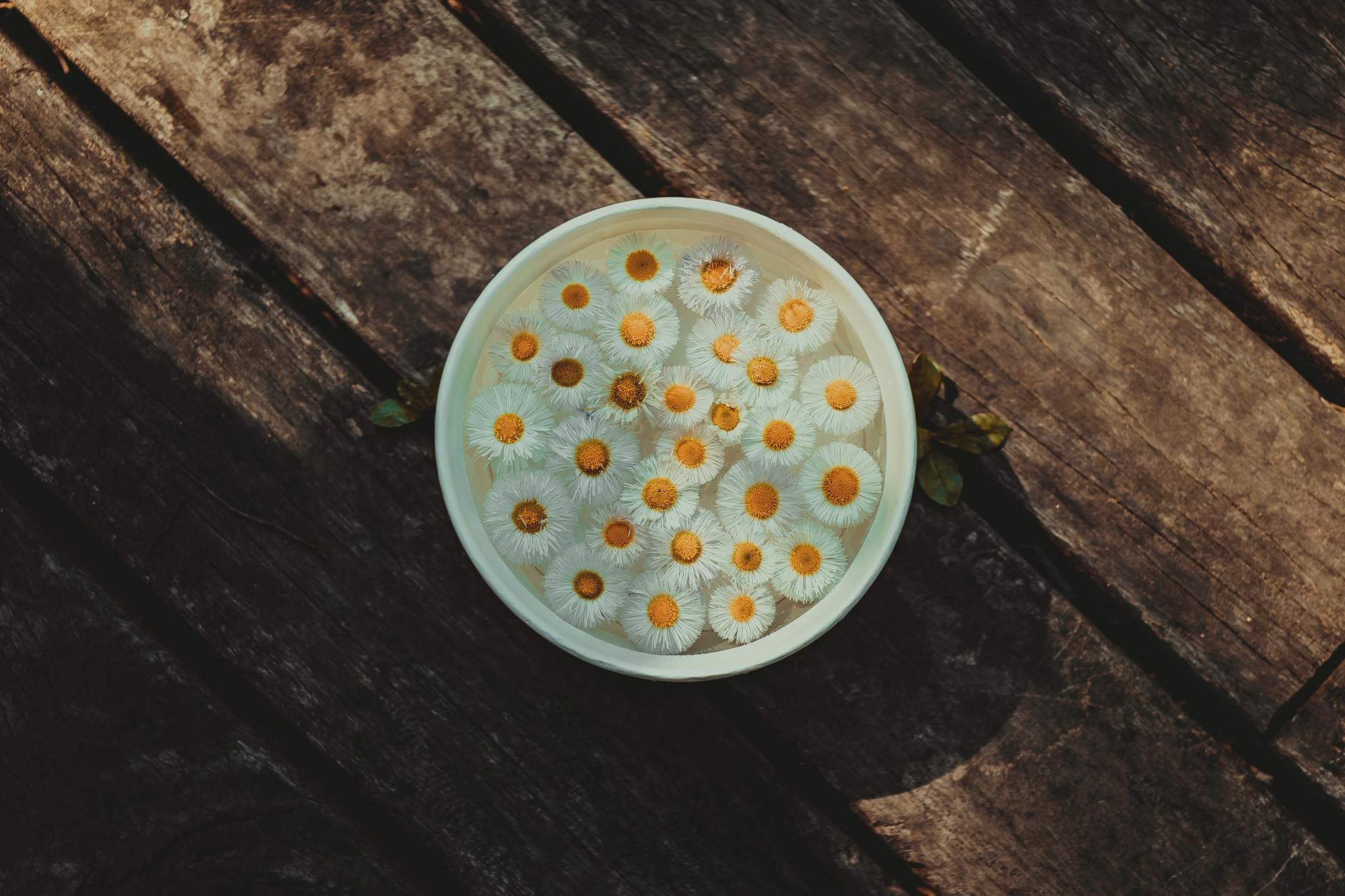Why Switching to Eco-Safe Sunscreen Benefits Australia’s Beautiful Marine Life

Impact on Marine Ecosystems
As an ocean advocate standing beneath the Byron Bay Lighthouse, I'm deeply aware of how the products we use affect our precious marine environments. Sunscreens are essential for protecting our skin, but some have ingredients that can damage coral reefs, such as those in the Cape Byron Marine Park. It's troubling to think that the sunscreen protecting your skin might be harming the corals that nurture vibrant marine life. When considering your baby sunscreen options, it's crucial to select products with the environment in mind.
Opting for reef safe sunscreen is one step in safeguarding our marine ecosystems. Many fish and sea creatures encounter these chemicals, which can affect their health and reproductive cycles. Over time, the accumulation of harmful substances may lead to significant alterations in oceanic biodiversity, affecting not just the marine life but the overall balance of the ecosystem. The long-term consequences include weakened coral reefs that struggle to regenerate and fish populations diminishing in areas suffering from chemical pollution.
By raising awareness and choosing environmentally friendly products, each of us plays a role in protecting the marine life around Byron Bay and beyond. Ultimately, our purchasing choices contribute to the health of the ecosystems that thrive in our waters, ensuring they remain vibrant for generations to come.
Ingredients in Eco-Safe Sunscreens
Avoiding Harmful Chemicals
When selecting sunscreens, it’s crucial to be informed about ingredients that may negatively affect marine ecosystems and personal health. As a passionate advocate for our beautiful Byron Bay environment, particularly the cherished Cape Byron Marine Park, I encourage everyone to be cautious. Many conventional sunscreens contain chemicals like oxybenzone and octinoxate, known to bleach coral reefs. Selecting eco-safe options contributes to the preservation of these precious ecosystems.
Benefits of Natural Ingredients
For those concerned about both skin health and environmental impact, mineral-based sunscreens are a fantastic choice. These usually contain zinc sunscreen, which sits atop the skin and reflects harmful UV rays instead of absorbing them. This not only provides effective sun protection but also avoids releasing harmful substances into the ocean. Furthermore, zinc oxide is less likely to cause skin irritations, making it suitable for individuals with sensitive skin or those responsible for young children, like Liam, who value safety during outdoor activities.
Prioritizing sunscreens that emphasize natural ingredients supports both your personal health and the well-being of marine life. As a collective, we can take small steps to continue our environmental advocacy and ensure that places like the beaches of Wategos remain untouched by chemical pollution. By making informed choices, we're fostering a more sustainable future for our community and beyond.
Protecting Children Outdoors
Choosing Safe Sunscreens
When it comes to protecting kids out in the sun, the choice of sunscreen is crucial. As a primary school teacher interacting with children, I often search for products that prioritize safety without compromising on efficacy. Among the vital criteria is the need for kids sunscreen that avoids using harmful chemicals like oxybenzone and octinoxate, both known for their detrimental impacts on marine life. Instead, it's wise to opt for mineral-based sunscreens that use zinc oxide or titanium dioxide. These ingredients not only provide effective broad-spectrum protection but are also gentle on sensitive skin and less likely to wash off into the ocean, affecting our precious marine environments.
Applying Sunscreen Effectively
While selecting the right sunscreen is important, proper application also plays a key role in sun protection. Before outdoor excursions, I always allocate time to ensure each child applies sunscreen evenly. Here’s a quick guide to applying it effectively:
- Apply Generously: Make sure to cover all exposed skin, including often-overlooked areas like the ears, back of the neck, and tops of feet.
- Reapplication: Sun protection should be reapplied every two hours, or more frequently if kids are sweating or swimming.
- Layer It On: Encourage kids to apply a thick layer for maximum protection.
Educating Children on Sun Safety
Teaching children about sun safety is an integral part of my classroom outreach. It's vital that children understand the significance of protecting their skin from harmful UV rays. During lessons or breaks at Wategos Beach, I use this time to reinforce sun-safe behaviours and educate them about the environment. By making these practices routine, they're better prepared to make informed choices both now and in the future.
Challenges in Switching Sunscreens
Debunking Myths and Misconceptions
The transition to natural sunscreen often comes with preconceived notions that need addressing. Many believe that natural options aren’t as effective, but this couldn’t be further from the truth. Natural sunscreen's can offer the same level of protection as their chemical counterparts without harming our precious environments, like the marine ecosystems near Byron Bay.
Adapting to New Products
Switching to eco-friendly sunscreens may require some adjustment as the texture and application differ from conventional ones. They are typically thicker due to the presence of zinc oxide and titanium dioxide, substances that sit more visibly on the skin but provide an effective shield against UV rays. The key is to apply them generously and evenly, ensuring full coverage.
Transitioning in School Settings
Ensuring the safety and health of children in school environments is crucial, especially during outdoor activities. Implementing sunscreen-switching protocols can be challenging, but it's manageable with a community approach. Engage with fellow teachers and parents to advocate for sunscreens that are both child-friendly and environmentally safe. With collective awareness, we can influence broader adoption of sunscreens that safeguard both the skin and our surrounding ecosystems, fostering a culture of informed and conscious choices.
Ocean-Friendly Skincare for Byron Bay
Sunscreen Choices Impact Our Oceans
As we wander along the stunning shores of Wategos Beach and gaze up at the Byron Bay Lighthouse, it's crucial to remember how the choices we make on land ripple through our vibrant ocean ecosystems. The sunscreen we slather on impacts not just our skin, but also the precious landscapes within the Cape Byron Marine Park. Chemical UV filters, such as oxybenzone and octinoxate, found in many sunscreens, have disruptive effects on coral reefs and marine life. When these chemicals wash off into the sea, they contribute to coral bleaching—a stark phenomenon where corals lose their vibrant colour and functionality, affecting biodiversity deeply.
Ingredients That Make a Difference
Switching to eco-safe sunscreens can be a powerful step towards marine conservation. Mineral-based options containing zinc oxide or titanium dioxide stand out as reef-friendly alternatives. These physical blockers sit on top of the skin and reflect UV rays without penetrating the skin or entering the ocean. Searching for products free of harmful chemicals not only benefits the sea life that call our oceans home but also our own health and well-being.
Challenges and the Transition to Better Practices
Embracing ocean-friendly skincare can sometimes feel challenging, especially with persistent myths that eco-friendly products are less effective. However, this transition is a meaningful step, echoing the collective responsibility of our community to preserve the natural beauty of Byron Bay. Educating ourselves and our children about reef safe sunscreens ensures we nurture a future where both our skin and marine ecosystems thrive harmoniously.


